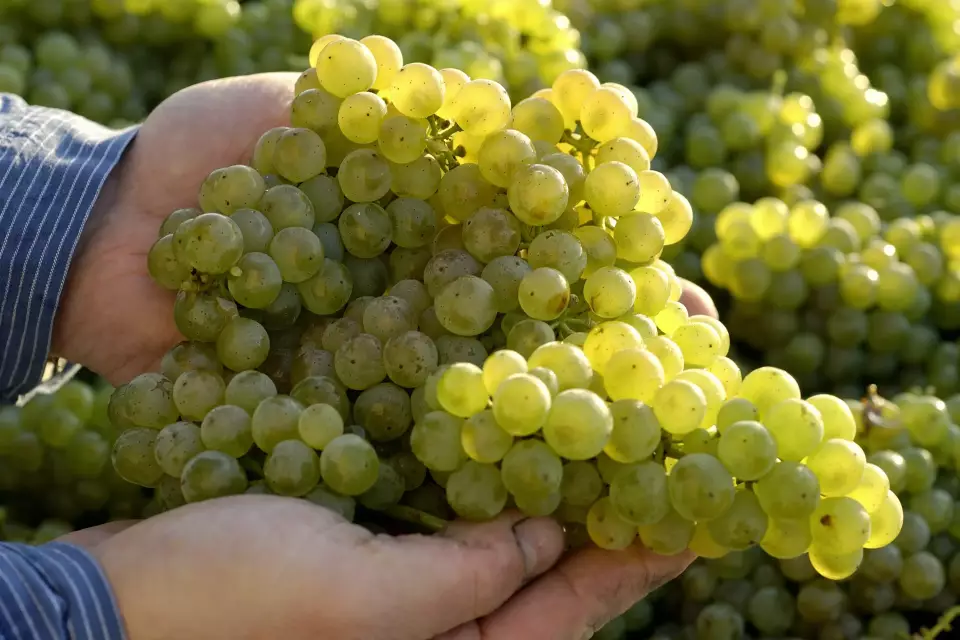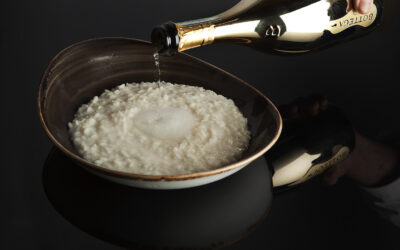Foto: @deutscheweine.de Fully ripe grapes at the harvest in autumn
According to the German Wine Institute (DWI) after receiving the final harvest estimates from all 13 wine-growing regions, only 7.3 million hectolitres of wine must are expected to have been produced in Germany this year. This corresponds to a drop of seven per cent compared to last year’s yield and 16 per cent compared to the average harvest of the last ten years of 8.7 million hectolitres. This would be the lowest German grape must harvest since the 2010 vintage, which produced just 7.1 million hectolitres.
Reduced harvest volumes and smaller grape berries
The sharp decline is due in particular to significantly reduced harvest volumes in the four largest German wine-growing regions of Rheinhessen, Pfalz, Baden and Württemberg. Smaller grape berries, below-average must yields and, above all, intensive grape selections following the heavy rainfall in mid-September led to an estimated harvest loss of 23 per cent or around 600,000 hectolitres compared to the 10-year average in Rheinhessen alone. For the Pfalz, 400,000 hectolitres of wine must (-18 per cent) less than the 10-year average is forecast, for Baden minus 180,000 hectolitres (-15 per cent) and in Württemberg 200,000 hectolitres (-22 per cent) less than the average of the last ten years is expected.
Double-digit percentage decreases in harvest volumes are also expected on the Nahe (-21 per cent) and in the two Hessian wine-growing regions of Rheingau (-18 per cent) and Hessische Bergstraße (-11 per cent).
On the other hand, many wine-growing regions that suffered greatly from the extreme late frost last year can look forward to good yields this year. These include in particular the two eastern regions of Sachsen and Saale-Unstrut as well as the Ahr, which have recorded three-digit percentage increases in volume compared to the previous year, and the Mosel and Franken, where the estimated harvest volumes for this year are even slightly above the average level.
Exceptionally high grape ripeness
All 13 German wine-growing regions are unanimous in their assessment of the wine quality, which is rated as extremely good due to the unusually high grape ripeness. Although the grape berries were often smaller this year, they were all the more aromatic, which means that very concentrated and fruity wines can be expected, said DWI spokesman Ernst Büscher.











